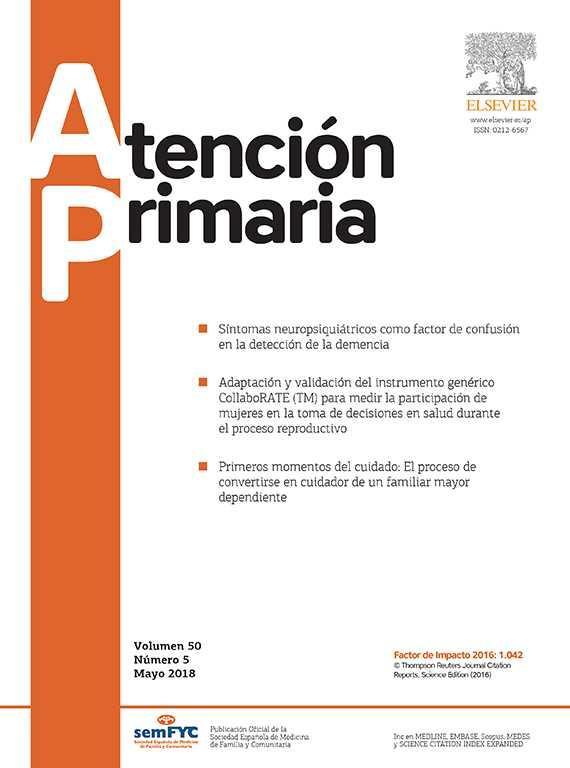We appreciate the interest shown by the authors of this letter to the editor about our work and considerations about it.1
The author states his disagreement with the importance of improving adherence to antibiotic treatment from patients. This statement is based on the lack of need often associated to these treatments, and the problems associated with improper use, not by patients but professionals using these drugs in unsuitable situations. In these cases, the authors state that the correct intervention is detention of unnecessary cycles. We did not consider as the aim of our study to assess the adequacy or otherwise of prescribed antimicrobial treatments. However we cannot but agree with the author.
In fact one of the authors of this paper is working in another study covering this issue. Several medical records of patients treated with antibiotics have been audited in order to assess the appropriateness of such treatments. A local guide has been used as reference, and, as a matter of fact, this paper reveals the inappropriateness of many prescribed antibiotic.2
There is ample room for improvement in the adequacy of some treatments, and in these cases the use of antibiotics should be limited to those instances in which there is real evidence of their possible benefit, but it is also true that the treatment being appropriate, the misuse by patients, interrupting the indicated treatments ahead of time, can also affect the generation of resistance. The importance of the patient's behavior with antibiotics is evident, when it is observed that despite the decrease in the use of antibiotics in outpatient level, this is still one of the most therapeutic groups used by the Spanish population, which seems have a more pragmatic and carefree attitude regarding their use, than other European populations.3 In the use of antibiotics there are many actors involved. In each step, from prescribing to dispensing or administering it is necessary to conduct a public awareness campaign on the importance of their proper use thereof.
We agree therefore with the importance of basing the prescription of antimicrobials in the evidence, and limit their use to situations where you really have shown benefit. We further agree with the idea of promoting among medical professionals, as responsible for the prescriptions, the suspension of antibiotic treatments in cases that they detect that the treatment is unnecessary. Howewer the qualified professional to decide to stop a course of antibiotics is a physician, and our study was conducted in a community pharmacy. So it was not the aim of this study to evaluate the appropriateness, but, based on the prescriptions backed by a physician, make sure the patient makes a correct use of the drug.
Clearly, the correct use of antibiotics is a major public health problem that we must face from all areas. We must work with health professionals involved, as well as with patients, that with adherence and self-medication, have a crucial role in the success of treatment.
Initiatives such as the upcoming publication of the document “No hacer” of SEMFYC are aimed at improving antimicrobial prescribing.4 However, most interventions of health administrations focus on promoting the correct prescription, and it is necessary to emphasize the proper use of these drugs by patients. We must consider community pharmacy as a close and affordable health area, which we can use in health education interventions. Unifying work strategies would mean a benefit to patients and more efficient use of our resources.







